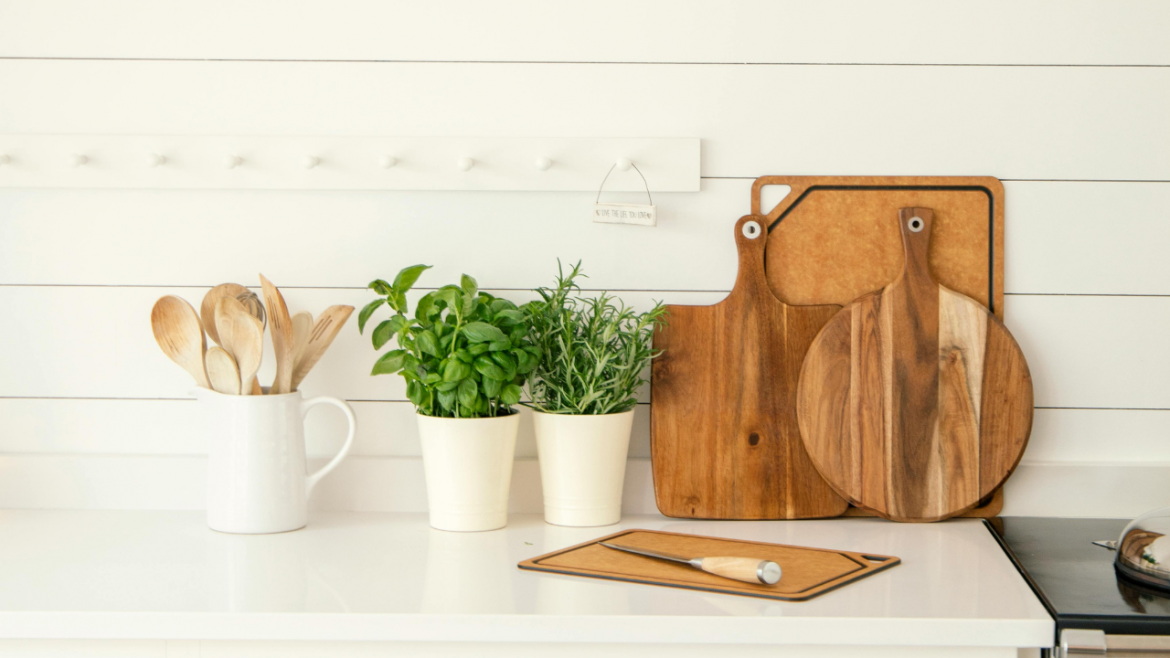We all have that one trusty wooden cutting board—the one that’s seen it all, from Sunday roasts to weekday salad prep. But just like any kitchen essential, even the best wooden board doesn’t last forever.
So how do you know when it’s time to say goodbye?
According to chefs, your wooden cutting board’s lifespan depends on how often you use it and how well you care for it. With proper maintenance, a good quality board can last several years. But there are a few telltale signs that it’s time to replace it. If your board has deep cracks, feels warped, or still smells funny even after a good wash, it’s probably on its last leg. Persistent stains and lingering odours, especially from raw meat, are also red flags.
Read more: Wooden cutting board care tips
Wooden boards can go the distance—if you treat them right. That means washing by hand, drying thoroughly, and giving them a regular oil treatment to prevent drying out or cracking.
An important thing to note is that not all wooden boards are made equal. Boards made from solid hardwoods like maple or walnut tend to last longer. Steer clear of boards made from glued-together pieces or particle wood, which can break down faster and trap bacteria.
So, when should you replace your wooden cutting board? There’s no set date, but when cleaning just doesn’t cut it anymore, it’s time to part ways.
How to make your cutting board last longer
Over the years, I’ve picked up a few tricks to help keep my cutting boards in good shape. After each use, I always wash my wooden boards by hand with warm, soapy water and dry them right away—no letting them sit in the sink or air-dry damp. If they need a deeper clean, I sprinkle coarse salt over the surface and scrub it with half a lemon. It’s a simple method, but it works wonders to lift grime and freshen up any lingering smells.
Once a month, I give my board a good rub-down with food-grade mineral oil to keep the wood from drying out or cracking. It’s become a bit of a ritual—and honestly, there’s something satisfying about seeing the wood come back to life with a bit of care.
Another habit that’s helped? Keeping separate boards for different kitchen tasks is important. One for raw meat, another for veggies and fruit, and a third for cooked food or bread. It not only protects the boards but keeps things a lot safer and more hygienic when I’m prepping meals.
Taking care of your cutting board doesn’t take much, but it can save you from having to replace it too soon. Give your board the love it needs, and it’ll serve you well—for many meals to come.
ALSO SEE: HOW TO KEEP YOUR WOODEN UTENSILS FROM CRACKING AND SPLITTING
How to keep your wooden utensils from cracking and splitting (and looking good)
Images: Pexels

